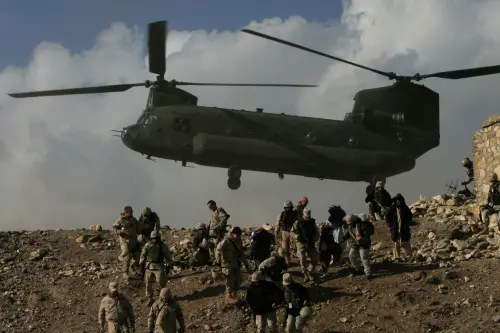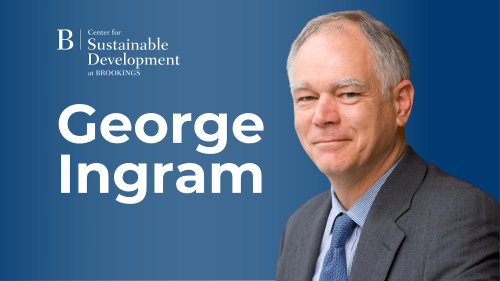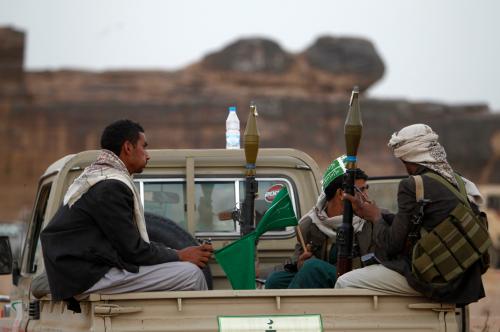Colombian Military Forces officials confirmed on September 24 the death in combat of Jorge Briceño Suárez, aka Mono Jojoy, FARC’s most prominent warlord and sanguinary leader. Defense minister, Rodrigo Rivera, rightly said that military forces “had just made the most devastating hit against the most hated man in the country”.
The security situation in Colombia has changed significantly since 2002 when ex-president Alvaro Uribe took office and started a strong military offensive against FARC terrorist group. This offensive made the president astonishingly popular and shaped the general idea that defeating FARC guerrillas was possible.
Some of the most important military operations include the capture of ‘Simón Trinidad’ as part of a cooperative effort between Ecuador’s and Colombia’s forces in 2004 and the death of one of the most feared leaders of FARC, ‘Martin Caballero’, in 2007. But probably the most important operations took place in 2008 when Colombian Air Force bombed a rebel camp in Ecuador, killing Raúl Reyes, the second highest-ranking FARC commander. That year, the Colombian military rescued in a bloodless operation three American contractors and Ingrid Betancourt, an ex-presidential candidate that had been kidnapped for more than six years.
All this has been driven by a more technological and intelligence-driven defense and security apparatus. Better training and equipment are the crucial part of the equation. Defense expenditure as a percentage of GDP is at an all-time high (close to 4 percent of GDP), about US $9 billion, funded mostly by the Colombian taxpayer.
What makes today’s operation so symbolic, is that ‘Mono Jojoy’ was the most visible face of FARC’s narcoterrorism. Rebuilding his leadership will be difficult for an organization where desertion rates are high and military pressure is becoming more effective.
Does this mean that peace in Colombia is around the corner? Probably not. Fighting will take years if not decades and Colombians are still apathetic to a negotiated solution. The government will not agree to talks with guerrilla leaders unless there is a complete ceasefire, which is unlikely. Even if FARC leaders were to accept that, a negotiation would have political costs for the government, and would not happen before president Santos has secured his second term in 2014. The main reason is that, with good reasons, the electorate is distrustful of FARC’s real intentions during negotiations
Despite the good news on the combat in the rural areas where the guerrillas are strong, not everything is rosy. Even though the number of kidnappings decreased abruptly to only 73 in 2008 from 3,000 in 2002, security in Colombia’s major cities is starting to come to the front debate, especially in poor neighborhoods. The ‘Comuna 13’ in Medellin, for example has a homicide rate of 108 per 100,000 inhabitants, which makes it not that different from Baghdad. This is the result of another transition in the drug business. As FARC guerrillas become more isolated, small drug gangs are taking a more prominent role in the drug trade, oftentimes in close alliance with cartels in Mexico.
The Brookings Institution is committed to quality, independence, and impact.
We are supported by a diverse array of funders. In line with our values and policies, each Brookings publication represents the sole views of its author(s).



Commentary
Colombia: Defeating FARC’s Narcoterrorism
September 27, 2010